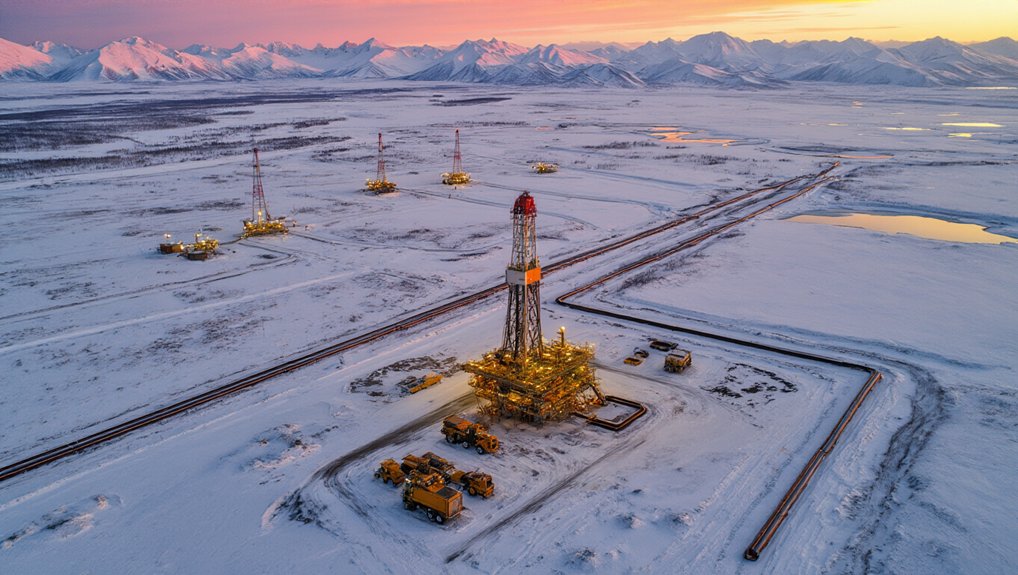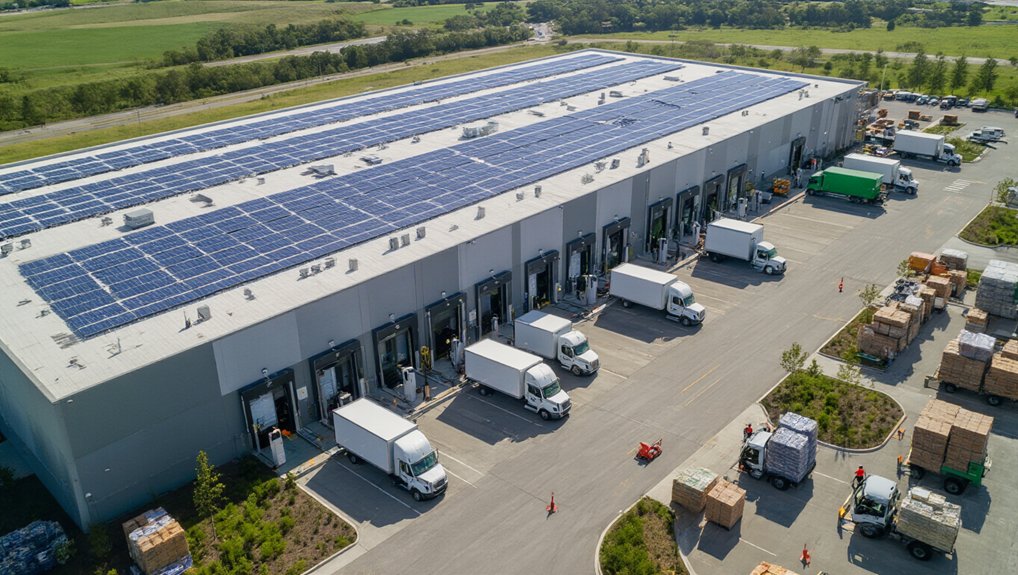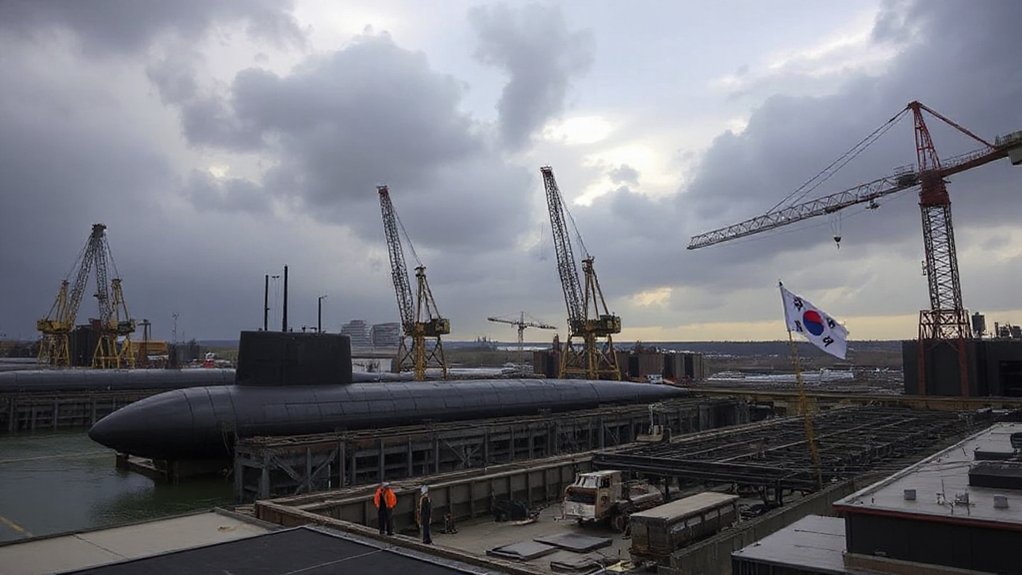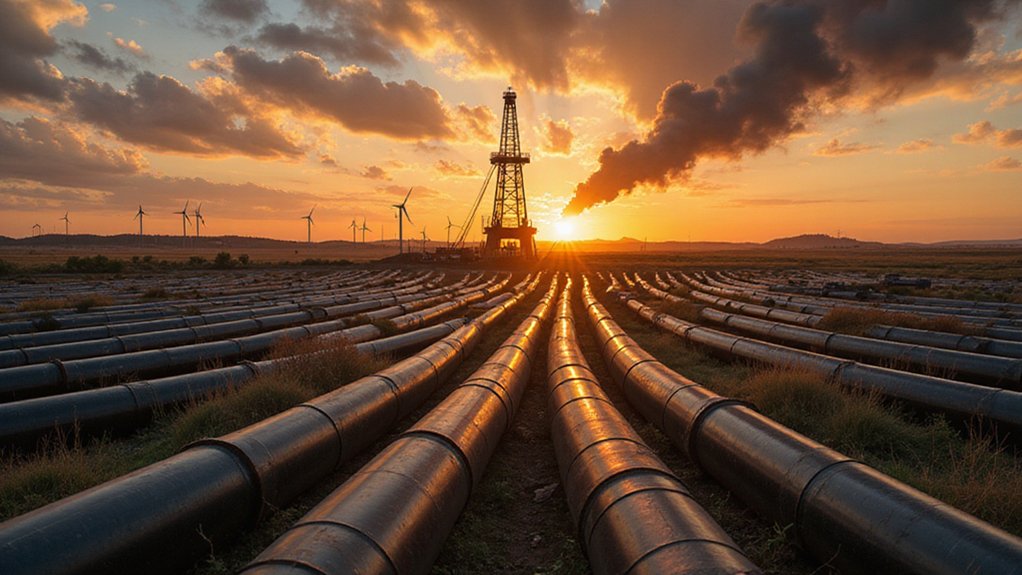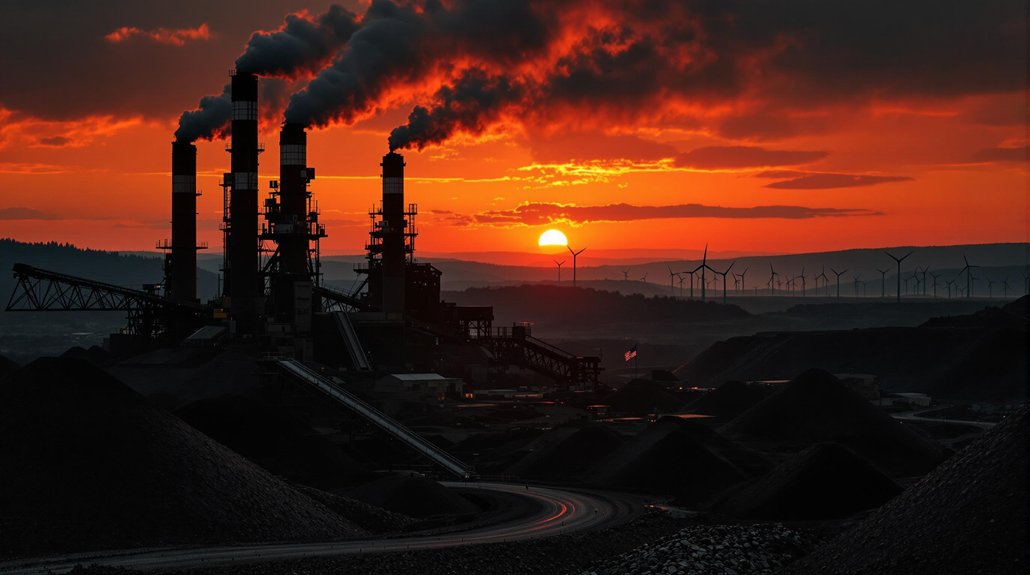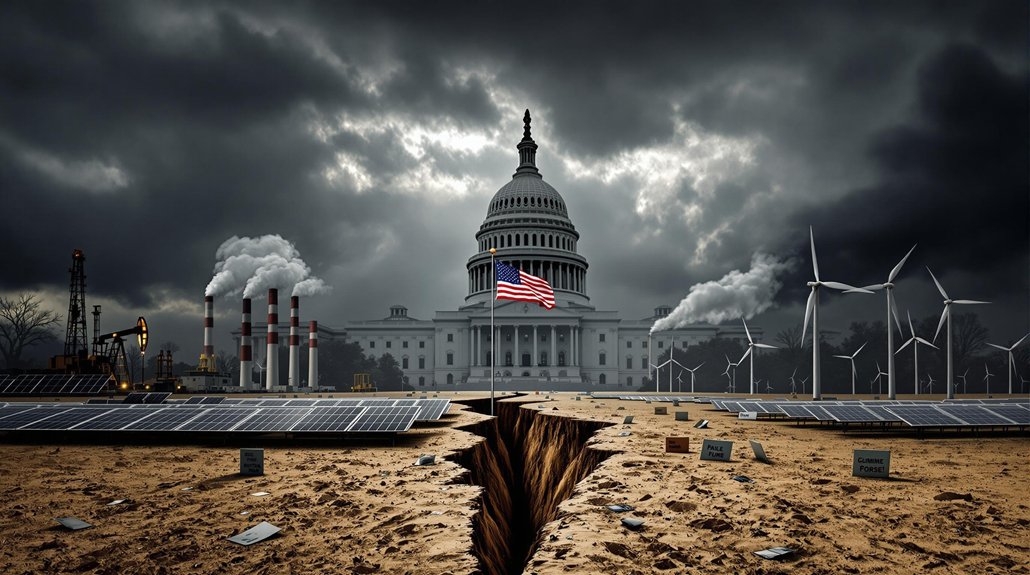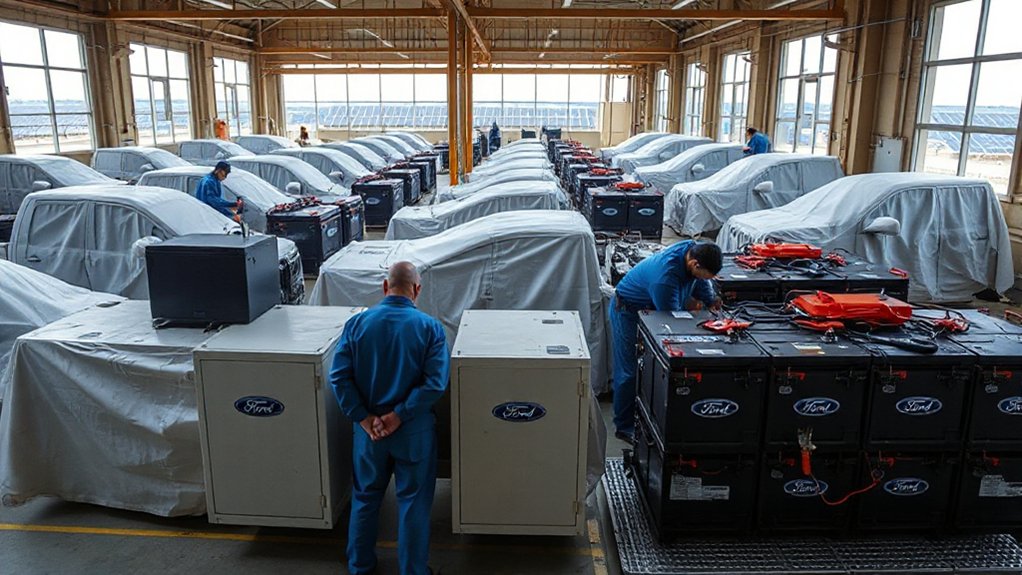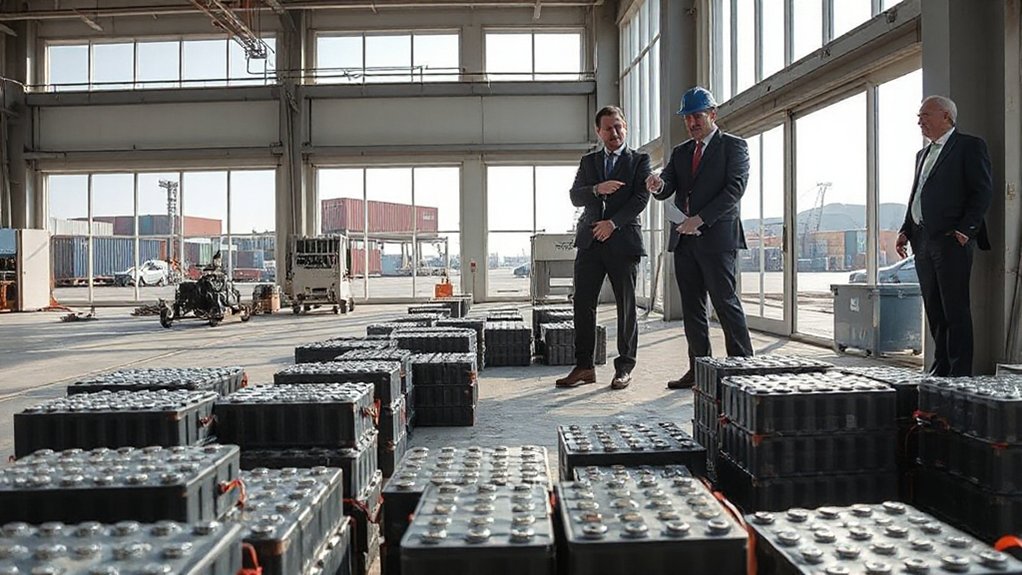While Alaska’s North Slope pumps out nearly half a million barrels of oil daily, the state’s resource boom is getting complicated. Production hit 467,600 barrels per day in FY2024 and is projected to climb to 476,800 in FY2025. Not bad for a frozen wasteland, right?
The Trump administration wants to release Alaska’s resource potential. There’s just one tiny problem: they also want to drive down oil prices. Good luck with that math. North Slope oil already dropped below $70 per barrel for most of April 2025, and these conflicting goals aren’t helping anyone figure out what comes next. The administration’s target of $50-per-barrel oil makes new Arctic projects economically questionable, according to analysts.
Meanwhile, the mining sector keeps chugging along. The Manh Choh mine in Southeast Fairbanks Census Area is doing its part, contributing to what Alaska Economic Trends calls steady growth. The state expects to add 5,400 jobs in 2025, a 1.7% increase from last year. Most of these gigs are in resource extraction. Shocking.
Alaska expects 5,400 new jobs in 2025, mostly in resource extraction. Shocking.
Here’s the thing about Alaska: it’s massive. Over 663,000 square miles of mostly nothing. Resources cluster in specific spots like the North Slope and Southeast Fairbanks, while most of the state’s 741,147 residents huddle in Anchorage and Fairbanks.
Try getting workers to remote drilling sites. Try building infrastructure in the middle of nowhere. It’s expensive, it’s complicated, and it’s why resource development here costs a fortune.
The oil industry remains Alaska’s economic backbone, despite all the global hand-wringing about fossil fuels. Production forecasts stretch beyond FY2025, painting a rosy picture for extractive industries. Long-term projections show production could reach 641,100 barrels per day by FY2034. Economic reports track every barrel, every metric, every fluctuation since 1977. They’re betting big on continued development.
But let’s be real. Price volatility makes planning impossible. Geographic isolation jacks up costs. Environmental considerations create constant friction. The sparse population means workforce challenges everywhere. Remote regions need transportation infrastructure that doesn’t exist yet. Meanwhile, the rest of the country is seeing clean energy jobs grow at nearly 5% annually, offering higher wages than typical fossil fuel positions.
Alaska’s resource boom is happening, sure. The numbers prove it. Whether it’s sustainable with oil prices tanking and logistical nightmares mounting? That’s another story entirely.
References
- https://live.laborstats.alaska.gov/sites/default/files/trends-mag-file/jan25.pdf
- https://www.akbizmag.com/industry/nonprofits/econforecast2025/
- https://labor.alaska.gov/trends/
- https://alaskapublic.org/programs/alaska-economic-report/2025-05-01/the-trump-administrations-conflicting-goals-unleashing-alaskas-resource-potential-while-driving-down-oil-prices
- https://nchstats.com/alaska-population/
